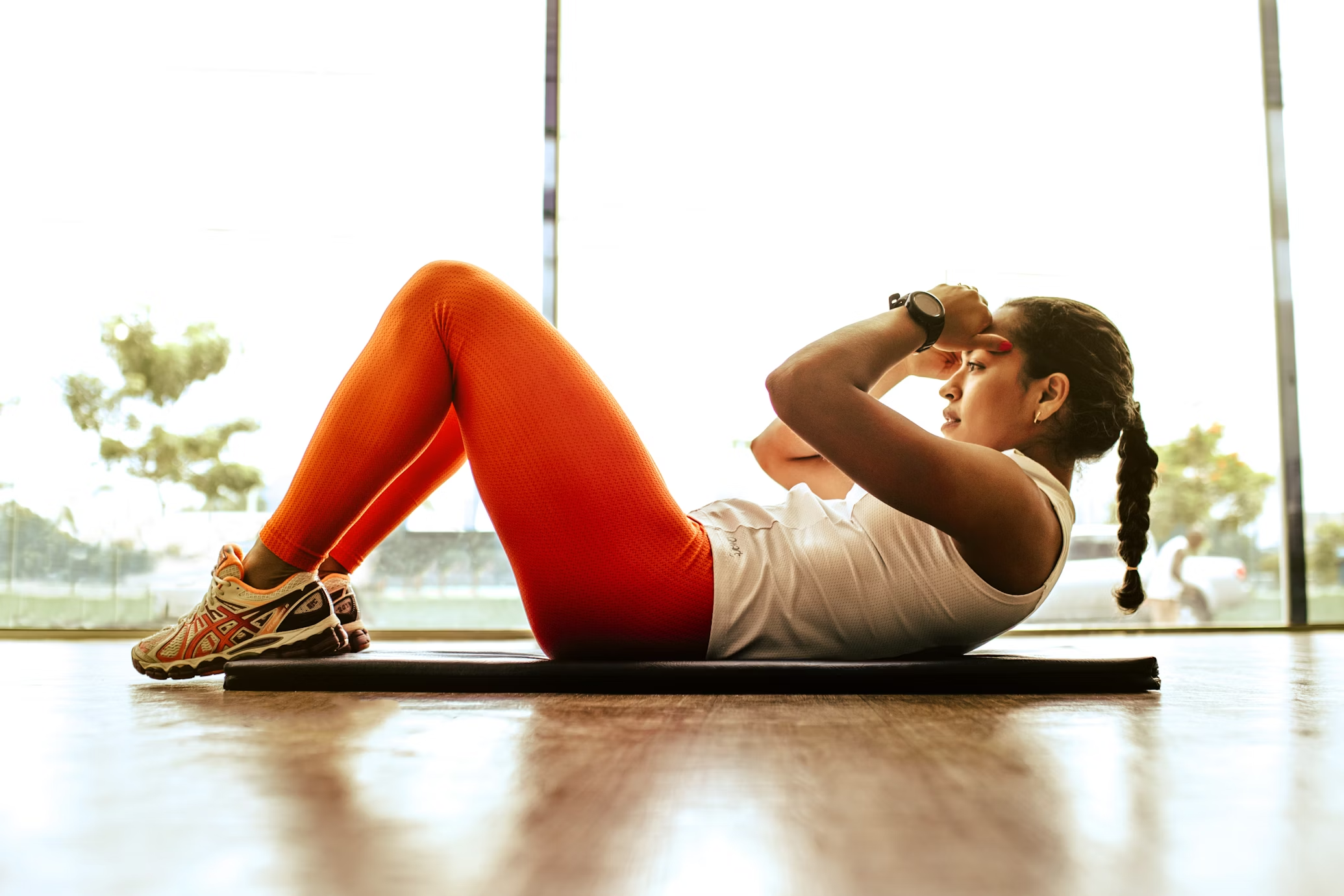
By Joanna Dase, a global fitness expert at Curves
Sticking to a routine and staying disciplined are key to making progress in fitness, whether you’re just starting out or looking to level up your routine. But you don’t have to be a professional athlete to think like one- adopting their mindset can help you stay motivated and committed throughout your journey. That’s why we spoke with Joanna Dase, a global fitness expert at Curves, who shares 7 simple tips to help you build an athlete’s mindset (even if you’re not one). Her expert advice focuses on developing consistency in your exercise routine without the pressure of intense training schedules or unrealistic expectations, making it easier to stay on track and reach your goals.
1. Set clear fitness goals
Athletes don’t just train aimlessly- they have a game plan. Setting clear goals before you begin your fitness journey will help you stay on track and develop a consistent routine. Fitness tracking can also help with measuring your progress and seeing how far you’ve come as you progress. So, start by defining both short and long-term goals. Short-term goals can be something as simple as walking to work every day or completing a set number of squats without stopping. Meanwhile, you can consider being able to do a full-body push-up in a month or running a 5K as more long-term goals. By planning your workouts around these goals, you can create a routine that is centered around your personal needs and motivates you.
2. Incorporate strength training into your routine
Strength training is beneficial beyond building muscle. In fact, it’s essential in any fitness routine to build endurance and reduce the risk of injury. For example, kettlebell swings and lifting weights can double as cardio which improves core stability, helping everyday tasks such as carrying groceries easier. If you don’t have equipment at home, exercises like planks can help strengthen your core and build stability using just your body weight. As well as this, strength training can improve bone density to reduce the risk of fractures or osteoporosis as you age. It can also improve quality of life by enhancing coordination and reducing stiffness, especially for those with sedentary lifestyles or desk jobs.
3. Commit to weekly 30-minute workouts
Many people believe that the harder a workout is, the better the results. The truth is consistency is much more important than intensity. Giving your all during a purposefully targeted 30-minute workout is far more effective than an aimless hour or two of scattered exercises. I would recommend starting with weekly 30-minute sessions, then gradually work your way up to exercising 3 to 4 times a week. A comprehensive 30-minute fitness programme that incorporates strength training, cardio, and stretching, with warm-up and cool-down can help you maximise your time and easily stay on track.
4. Fuel your body properly
Having a good balance of protein, carbohydrates, and healthy fats in your diet can ensure sustained energy levels and better focus throughout the day. Protein is particularly important as it helps keep you fuller for longer, so you avoid the temptation to reach for ultra processed or sugary snacks, which ultimately leads to energy crashes. It also plays a key role in muscle repair and recovery, helping to prevent fatigue after workouts. Carbohydrates provide essential fuel for your body, with whole grains, berries, and starchy vegetables like corn and potatoes serving as great sources. Healthy fats, such as omega-3 fatty acids found in fatty fish, avocados, and chia seeds, also serve to enhance brain function. To make lasting change, start with small, gradual adjustments in your diet, such as swapping processed snacks for whole foods or waking up an hour earlier to eat a hearty breakfast. For healthy recipes, prepped and ready in 10 minutes, visit our blog here.
5. Learn from a mentor
Even the best athletes start under the guidance of experienced coaches and seasoned professionals. Whether you’re working out at home or in a gym, having a fitness mentor ensures you’re practicing proper technique and correcting your form in real time. This is so when you’re doing solo workouts, you know you’re targeting the right areas, while reducing the risk of injury. Hiring a personal coach, following guided online workouts, or joining a local fitness club can help ensure you progress safely and effectively. As well as this, the support from like-minded individuals can foster a sense of community in the gym, keeping you motivated and confident you’re on the right track.
6. Stay active through daily habits
You don’t need a gym membership or fancy equipment to stay active. Small yet practical lifestyle changes can make a huge difference, to both your body and psyche. For example, taking the stairs instead of the elevator or cycling to work instead of driving, are both low-impact activities that improve muscle strength, bone density, and cardiovascular health. Meanwhile, some light stretching before bed can support muscle recovery and help you wake up feeling refreshed. These little habits add up over time, which you’ll notice in your daily energy and mood. Plus, this keeps you moving in a way that feels natural, even on rest days.
7. Prioritise rest and recovery
Athletes know that recovery is just as important as training. After a workout, your muscles need time to repair and rebuild, as well as minimise inflammation so you don’t wake up sore the next day. Prioritise quality sleep by creating an optimal sleeping environment. You can do this by shutting off digital distractions such as smartphones, iPads, and laptops at least one hour before bedtime. If you’re sensitive to light, you can use blackout curtains or vertical blinds. Make sure to aim for at least eight hours of uninterrupted sleep each night. Taking rest days is also important to avoid burnout and ensure that you’re always performing at your best.


















